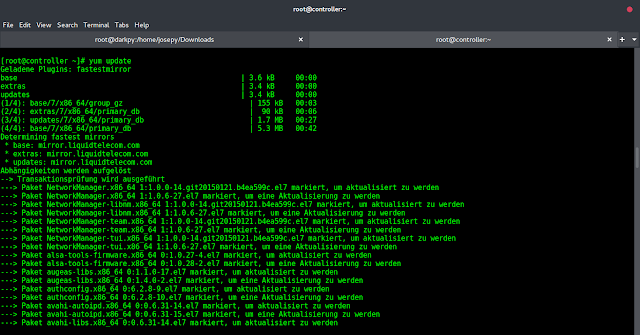Most of the applications require a precision of up to seconds but there are also some critical applications that require nanosecond precision, especially the ones which can perform extremely fast computations. It can help provide insights on certain factors related to time space for the application. Let us see how can we parse DateTime strings that have microseconds in them. Python has a list of directives that can be used in order to parse the strings as datetime objects. Let us have a look at some of them that we will be using in our codes.
| Directive | Description | Example |
|---|---|---|
| %Y | Year | 2021 |
| %m | Month Number | 7 |
| %d | Date of the month | 5 |
| %H | 24 Hour format | 16 |
| %M | Minute | 51 |
| %f | Microsecond | 234567 |
Image Demonstration of DateTime object:

Demonstration of DateTime object
Let us take the default Python timestamp format: “2021-08-05 15:25:56.792554” as an example to work on.
Method 1: Using DateTime module
In this example, we will see that the microseconds value is 792554. “%f” directive is used to parse the microseconds. The same thing is cross-verified by converting the “%f” directive to the string value of its representation for the datetime object using the strftime() method.
Python
from datetime import datetime# Parse the default python timestamp formatdt_obj = datetime.strptime("2021-08-05 15:25:56.792554", "%Y-%m-%d %H:%M:%S.%f")# Verify the value for nano secondsnano_secs = dt_obj.strftime("%f")# Print the value of nano secondsprint(nano_secs) |
Output
792554
Method 2: Using Pandas library
Here we will use pandas.to_datetime() methods to parsing DateTime strings containing microseconds.
Syntax:
pandas.to_datetime(arg, errors=’raise’, dayfirst=False, yearfirst=False, utc=None, box=True, format=None, exact=True, unit=None, infer_datetime_format=False, origin=’unix’, cache=False)
Parameters:
arg: An integer, string, float, list or dict object to convert in to Date time object.
dayfirst: Boolean value, places day first if True.
yearfirst: Boolean value, places year first if True.
utc: Boolean value, Returns time in UTC if True.
format: String input to tell position of day, month and year.
Python
import pandas as pd# Parse the timestamp string by# providing the format of timestamp stringdt_obj = pd.to_datetime("2021-08-05 15:25:56.792554", format="%Y-%m-%d %H:%M:%S.%f")# Verify the value for nano secondsnano_secs = dt_obj.strftime("%f")# Print the value of nano secondsprint(nano_secs) |
Output:
792554
The above example is similar to the earlier one except for the fact that we have used pandas library instead of the datetime module. This can prove to be handy when we are working with pandas dataframes. One beautiful thing about this library is that we might not need to provide the format manually. The parameter infer_datetime_format in the pandas.to_datetime() method can take care of that automatically if provided as True. In cases, it can increase the parsing speed by ~5-10x. Below is an example of the same.
Python
import pandas as pd# Parse the timestamp string by# providing infer_datetime_format as Truedt_obj = pd.to_datetime("2021-08-05 15:25:56.792554", infer_datetime_format=True)# Verify the value for nano secondsnano_secs = dt_obj.strftime("%f")# Print the value of nano secondsprint(nano_secs) |
Output:
792554




